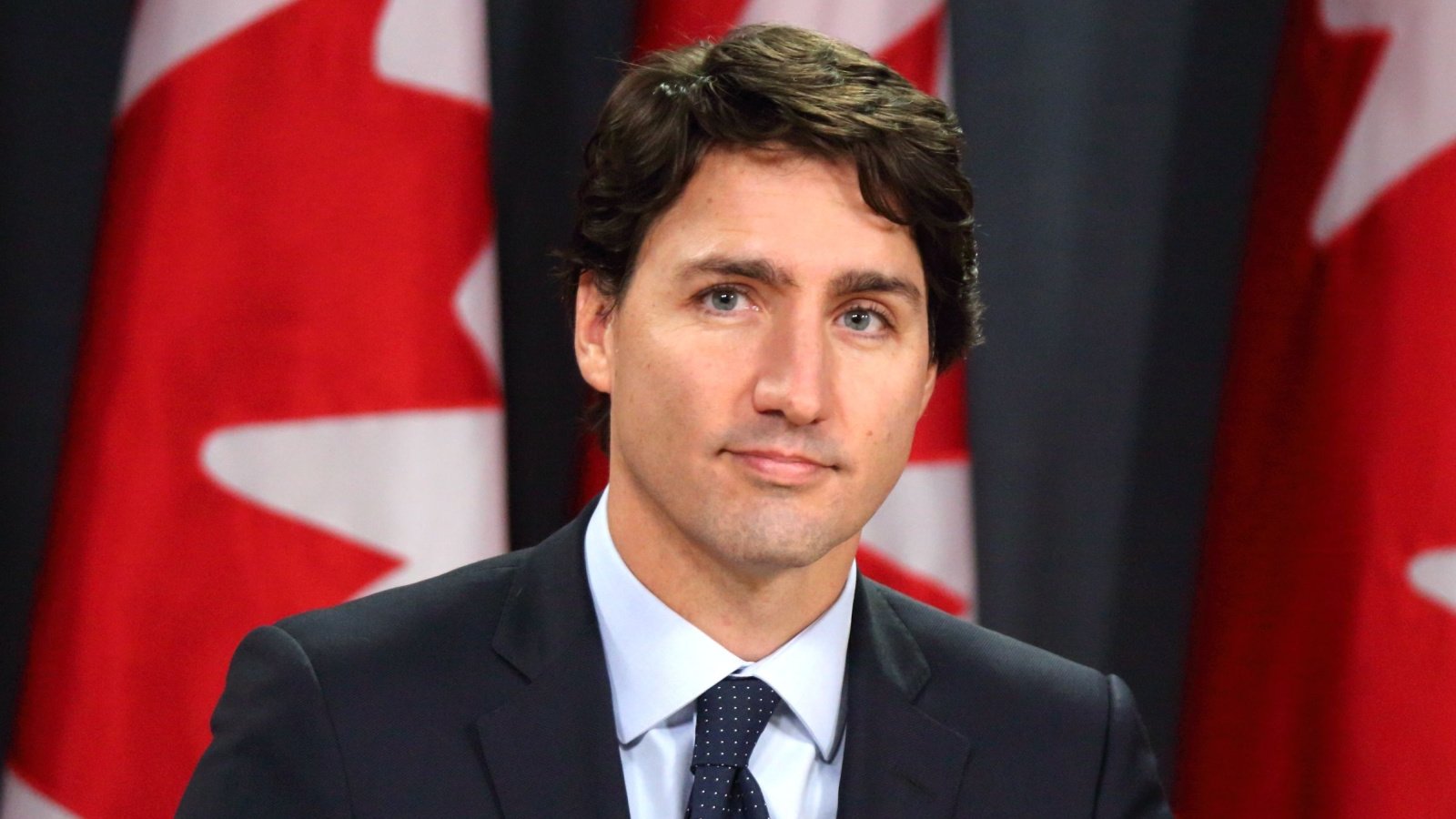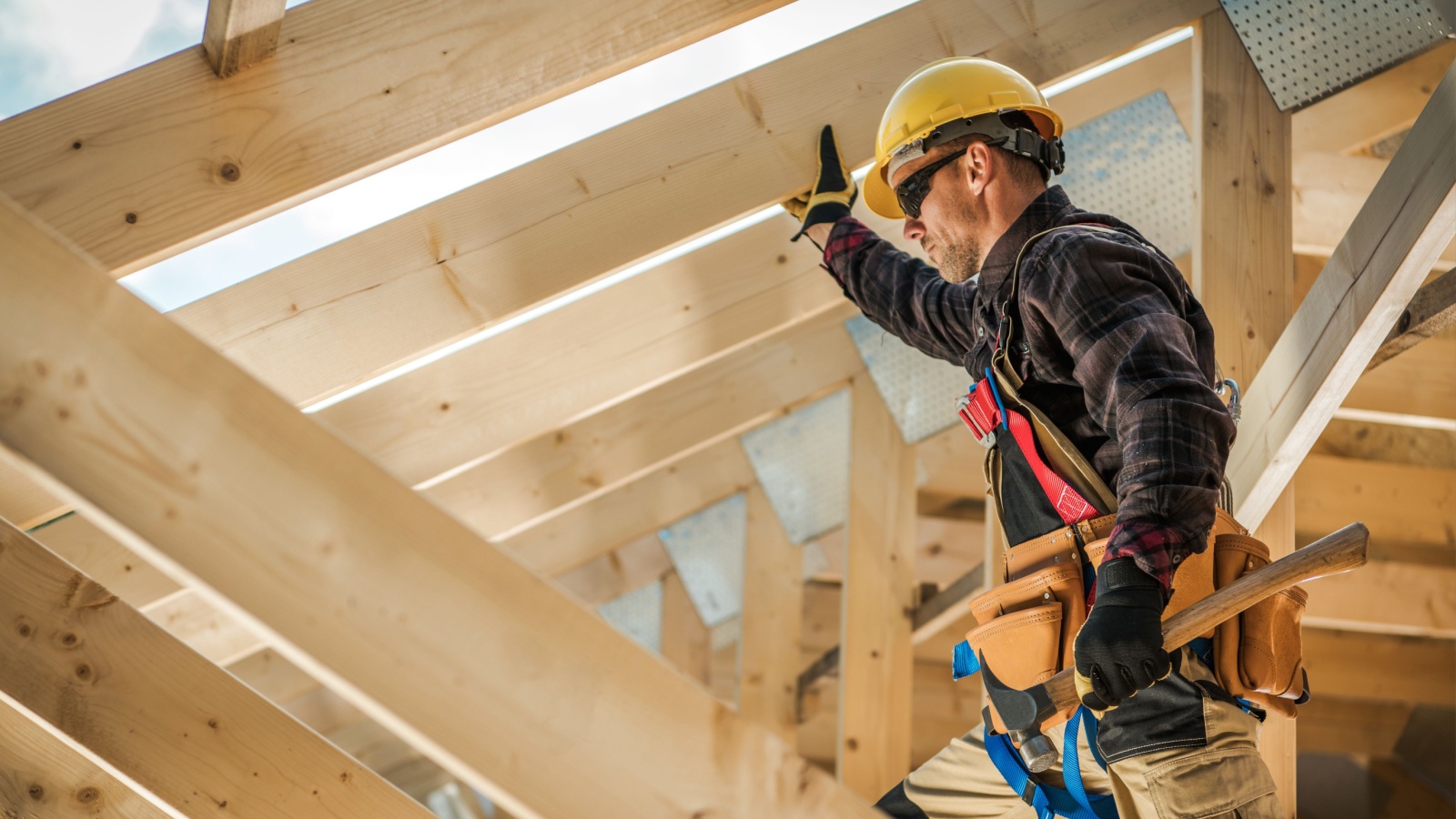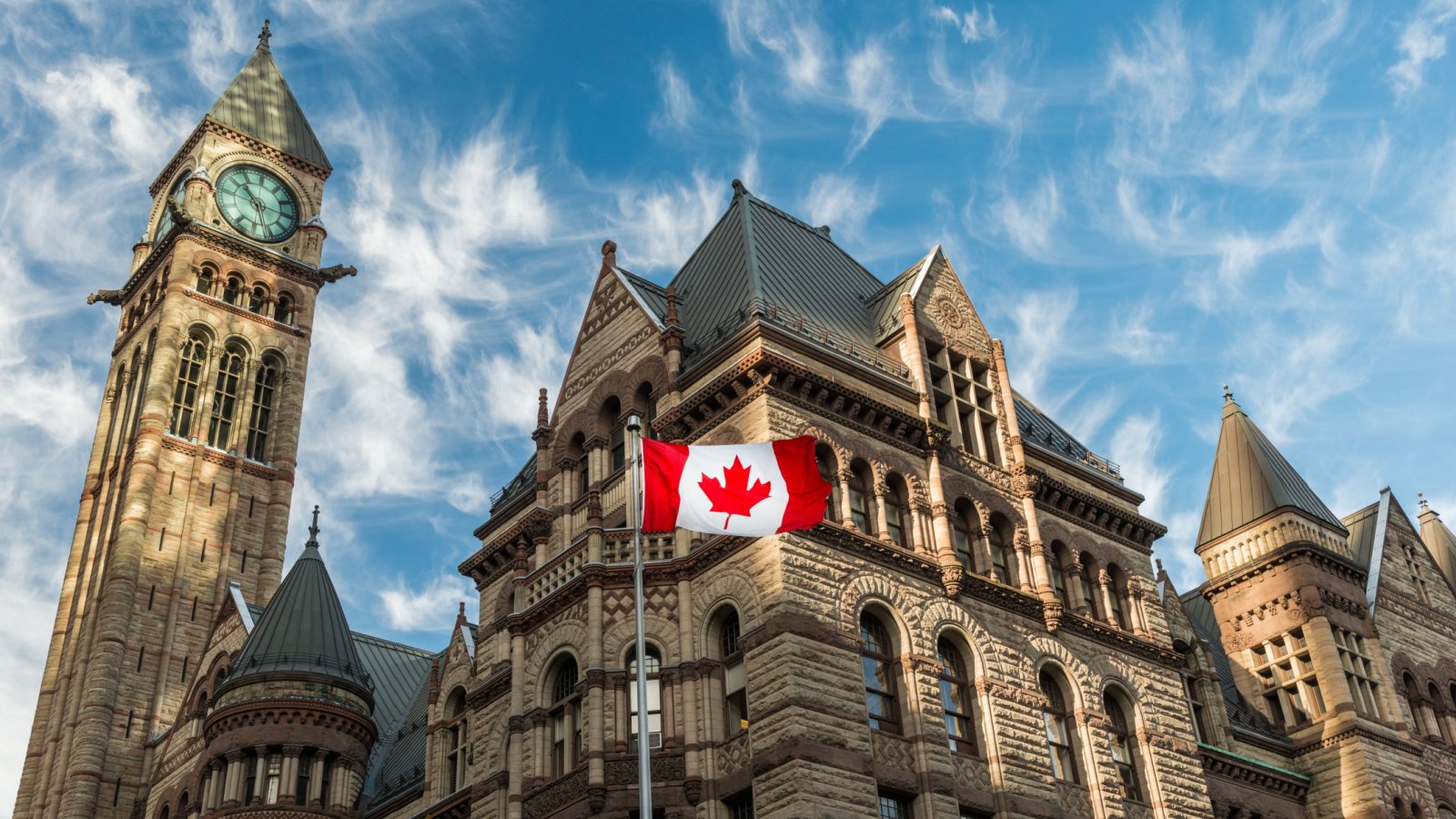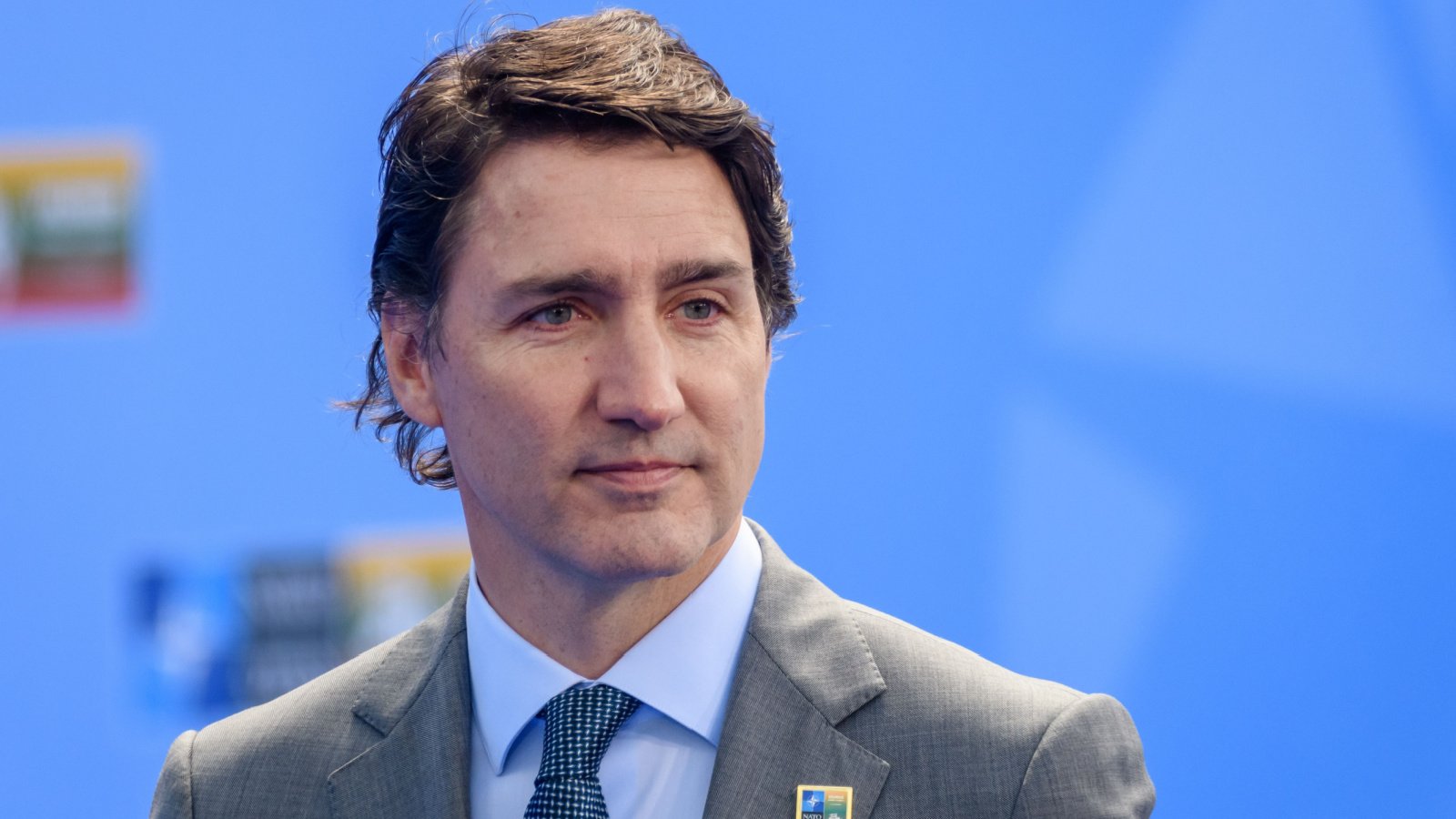While all of North America is experiencing a housing crisis, with demand outpacing supply and leading to an unaffordable housing market for many families, the governments of the U.S.A. and Canada are approaching the problem in unique ways.
Canadian Prime Minister Justin Trudeau is emphasizing technology as a way to relieve the burden of the housing crisis by focusing taxpayer dollars on innovative technologies such as 3-D printing and prefabricated homes.
Trudeau’s $600 Million Loan and Funding Plan

In a bold move to combat the escalating housing crisis, Prime Minister Justin Trudeau announced a comprehensive $600 million loan and funding package. This initiative is designed to lower the barriers and reduce the costs associated with constructing affordable housing for both homeowners and renters.
Focus on Younger Generations

Addressing the concerns of millennials and Generation Z, Trudeau highlights the challenges these groups face with the soaring costs of housing.
Innovation in Home Building

A key component of Trudeau’s announcement is the allocation of $100 million specifically aimed at fostering innovation and efficiency in the housing sector. This fund is divided into two parts: $50 million dedicated to a home building technology and innovation fund and an additional $50 million intended to modernize construction processes.
Encouraging Innovative Construction Techniques

The bulk of the funding, a hefty $500 million, is earmarked for low-interest loans that will support construction projects incorporating innovative building techniques. This includes a focus on prefabricated and modular housing, signaling a shift towards more efficient and potentially cost-effective building methods.
By financing these projects, the federal government aims to stimulate the adoption of advanced construction technologies across Canada.
Addressing the Housing Crisis

The housing crisis in Canada has reached critical levels, with many pointing fingers at the federal government for not taking decisive action sooner. Housing Minister Sean Fraser acknowledged the severity of the situation but expressed optimism about overcoming these challenges through innovative approaches and continued investment in housing.
Specifics On $50 Million for Integration of Advanced Materials

The Canadian government is setting aside $50 million for a new fund dedicated to enhancing the growth, commercialization, and integration of advanced housing technologies and materials, as outlined in a press statement from Trudeau’s office.
Additional $50 Million for Research and Development of Advanced Construction Technologies

An additional $50 million will be allocated via regional development agencies to foster advancements in the housing construction sector. This funding aims to support the adoption of modern building techniques such as modular housing, mass timber construction, robotics, 3D printing, and automation, according to the official announcement.
Development of Catalog of Pre-Approved Home Designs

In a further effort to streamline the home-building process, Trudeau has revealed a plan to invest $11.6 million in developing a catalog of pre-approved home designs. This initiative, inspired by methods employed during the Second World War, seeks to diminish both the financial and temporal costs associated with housing construction.
Additional $55 Billion to Subsidize Construction of Apartment Buildings

This announcement follows Trudeau’s earlier declaration of an augmentation to a $55 billion fund designed to offer affordable financing for the construction of apartment buildings.
$500 Million Earmarked for New Prefabricated and Modular Rental Properties

It was specified that $500 million from this fund would be directed toward the development of new rental properties that utilize innovative construction methodologies, specifically those employed by manufacturers of prefabricated and modular housing.
Trudeau’s Attempt to Recover Popularity in Polls

Trudeau’s attempt to paint a picture of economic recovery and alleviation of the housing price crunch may be too little too late for voters in Canada, who are holding his policies partially responsible for escalating housing prices in Canada. Trudeau faces diminishing popularity in opinion polls compared to Conservative Party Leader Pierre Poilievre.
Opposition Leader Proposal to Lessen Housing Burden

Canada’s Conservative Deputy Leader Melissa Lantsman has dismissed Trudeau’s policies as not demonstrably facilitating home construction. She contrasted this with her party’s proposition to incentivize cities that enhance their home building rates by 15 percent annually and to penalize those that fail to do so, arguing for a model that would empower communities to determine the most suitable housing solutions for their needs.
U.S. Policies in Contrast to Canadian Policies

Both the Biden Administration and past Trump Administration experienced rising housing prices as the result of increased demand and low interest rates.
Biden Administration Efforts to Increase Housing

Methods undertaken by the Biden Administration to increase supply include increasing funds to federal programs tasked with producing affordable housing, attempting to increase the supply and affordability of manufactured homes, and creating more price transparency in the rental market.
Trump Administration Efforts to Increase Housing

During Donald Trump’s presidency, several policies and initiatives were implemented with the aim of addressing the housing market. Deregulation was a priority of the Administration in an attempt to reduce regulatory burdens on homebuilders and developers.
The belief was that cutting back on regulations would lower the costs of construction and encourage the development of new housing. Specifically, Trump signed executive orders aimed at streamlining environmental review processes for infrastructure projects, which could include housing developments. The Administration also undertook tax reforms aimed at creating a more favorable environment for housing development.







